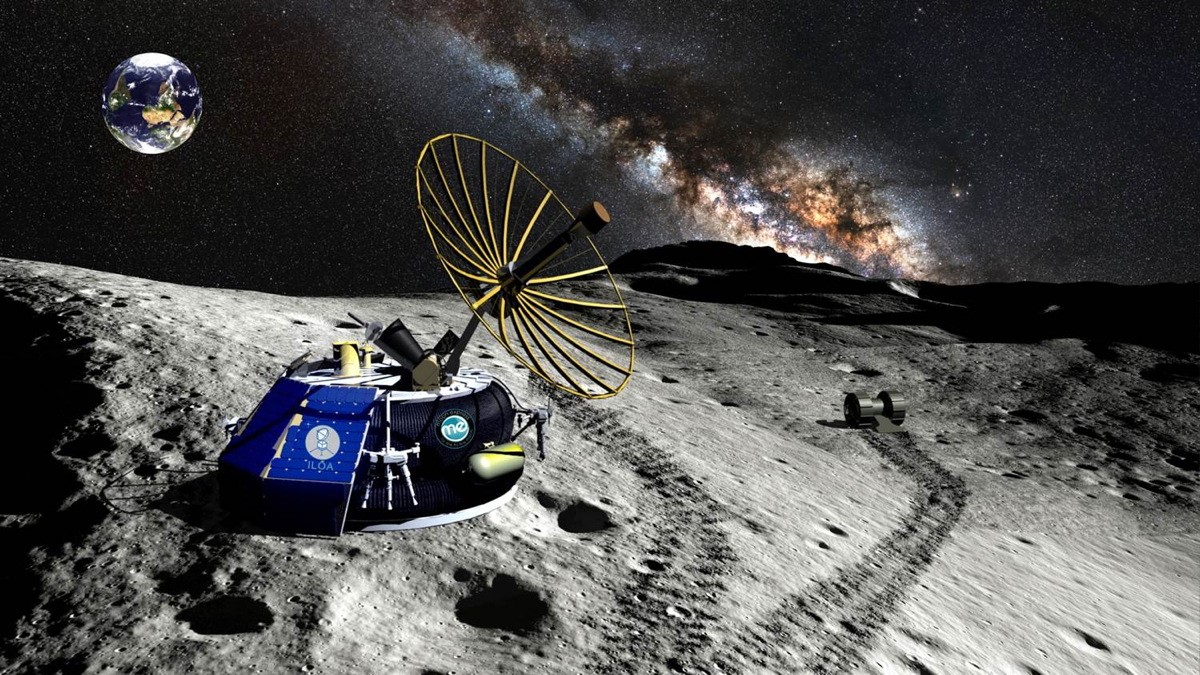
By Brian Santo, contributing editor
While people like Elon Musk are grabbing headlines for literal flights of fancy such as colonizing Mars, others are working on more likely space travel solutions. One of those is Moon Express, which is developing a practical means of getting various payloads to the moon and, eventually, back.
The company is racing to win the Google’s Lunar X Prize. Google announced in 2007 that it would award $20 million to the first private enterprise to get to the moon, travel 500 meters on the moon’s surface, and send back HD video before the end of 2017.
As of the beginning of this year, Google’s X Prize organization said that five teams qualified for the competition. Four of the competitors — Space IL (Israel), TeamIndus (India), Hakuto (Japan), and Synergy Moon (international) — appear to be shooting only for the prize. None of them appear to have publicly released any information about their plans since qualifying.
The fifth is Moon Express, which earlier this month announced a tentative schedule that might win it the prize. The company is currently coordinating the manufacture of its vehicle’s components, including a carbon composite body, a laser altimeter, and new landing rockets. It is planning to integrate those components in September.
If all the components work as planned, and work together as planned, that would give the company enough time to get its vehicle to Rocket Lab in New Zealand.
Rocket Lab is still developing a rocket that it is calling Electron. The first test of Electron was on May 25; the first stage achieved liftoff, but the second stage failed to get its payload into orbit. Rocket Lab has scheduled a launch in November. If it can get its rockets to work, and if Moon Express can get on the November launch (Rocket Lab has a backlog of other customers), then Moon Express would make the Lunar X Prize deadline.
Moon Express would like to win the competition, but it has a business plan that it will continue to pursue that plan whether or not it wins the Lunar X Prize.
The goal is to be able to loft materials for customers that would include both governmental agencies and private enterprise and do it relatively inexpensively. Moon Express CEO, Richard D. Richards, told The New York Times that his company could build and send a vehicle to the moon for $10 million. Thus far, space missions have tended to run into hundreds of millions of dollars.
Part of the expense of space vehicles thus far is that each was a bespoke model for each mission. What Moon Express intends to do is create standard modules that can be ganged to handle larger payloads and different missions.
Each module would be a cylinder about 4½ feet tall and 3 feet wide. Each would be able to carry a payload of about 65 pounds (30 kilograms). Moon Express designates these modules MX-1E.
An MX-1E could be combined with another cylinder that is similar but lacks landing equipment and is used instead for propulsion. Moon Express calls this configuration an MX-2. Moon Express believes that an MX-2 should be capable of getting to just about any place in the solar system — for example, Mars’ moons.
The company’s plans start with a series of three launches to send robots to the moon (it has a contract with Rocket Lab for five launches). The second will head for one of the moon’s poles, where water has been detected. For the third mission, the company has envisioned yet another module configuration (the MX-9) that will collect samples from the moon and return to Earth. Future robots could be sent to mine the moon or perform other tasks.
The company is prone to colorful phraseology, referring to the moon as the 8th Continent and noting that the discovery of surface water on the moon will turn the satellite into a “gas station in the sky” — a reference to the ability to separate water into oxygen and hydrogen and use the latter as rocket fuel.
Advertisement
Learn more about Electronic Products Magazine





